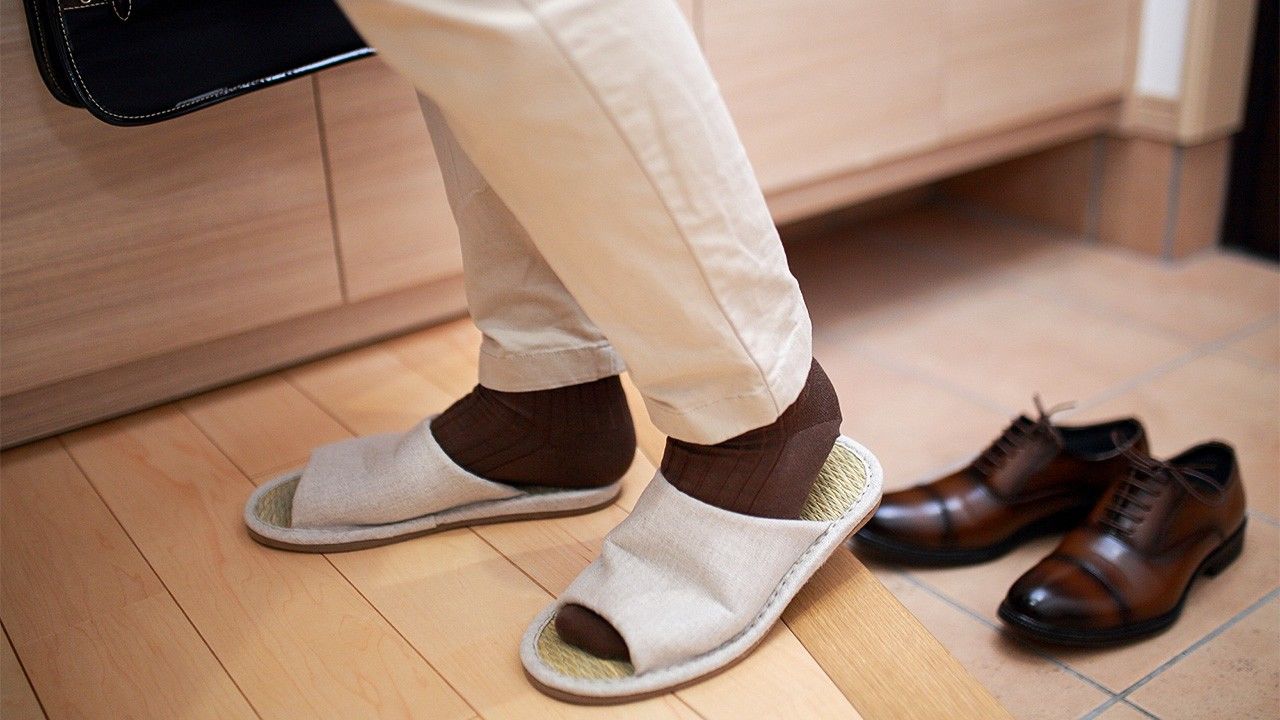Making a trip to Japan offers a surprising and improving experience soaked with many long stretches of custom, culture, and neighborliness. Understanding and sticking to Japanese social decorum is essential to ensure your visit is charming and conscious.
The Japan Traveller Guide will help you navigate your journey with respect and awareness.
Greetings and Communication
Bowing
Bowing is a fundamental aspect of Japanese etiquette. It is utilized to welcome, thank, apologize, and show regard. The profundity and duration of the bow rely upon the situation and the relationship between individuals involved. A slight bow is typical for casual greetings, while a more significant bow extends regard or gratitude.
Politeness in Speech
Japanese language and communication are characterised by politeness and humility. Using honorifics, for example, “- san” after somebody’s name and avoiding excessively immediate or assertive language is essential. Straightforward phrases like “Arigato gozaimasu” (Thank you without question) and “Sumimasen” (Excuse me/Please accept my apologies) go far.
Shoes and Indoor Etiquette

Removing Shoes
In Japan, it is standard to remove shoes prior to entering homes, conventional facilities (ryokan), safe-havens, and two or three cafés, and a couple of restaurants. Always pay attention to signs or cues from hosts. Look for provided slippers to wear indoors.
Tatami Mats
Tatami mats are customary Japanese deck produced using woven straw, known for their particular surface and regular allure. Regularly used in Japanese homes, lunch nooks, and safe-havens, they give an agreeable and flexible surface for sitting, dozing, and strolling.
Tatami mats assist with regulating indoor moistness, offering a cool surface in summer and insulation in winter. Their novel tasteful and cultural significance make them a valued component in Japanese interior plan, promoting a feeling of tranquility and association with nature.
Dining Etiquette
Use of Chopsticks
Eating manners is fundamental for establishing a positive connection and guaranteeing a charming feasting experience. It incorporates essential habits, for instance, biting with your mouth shut, utilizing utensils properly, and trusting that everyone will be served prior to beginning to eat. Additionally, pleasant conversation, thanking your host, and being considerate of others’ comfort add to a respectful atmosphere. Understanding and practicing dining etiquette mirrors your social awareness and regard for other people, enhancing both personal and professional relationships.
Eating and Drinking
Slurping noodles and sipping soup directly from the bowl is acceptable and even encouraged in Japan. It shows appreciation for the meal. However, avoid talking with your mouth full and finish your food, as leaving leftovers is considered wasteful.
Public Behavior
Quietness
Japanese culture values peace in public spaces. Keep noise levels down, especially on public transportation and in shared areas. Speaking on the telephone is generally discouraged on trains and transports.
Queuing
Japanese people are known for their orderly behaviour, especially when queuing. Always wait in line and follow the crowd’s flow. Pushing or cutting in line is seen as rude.
Respect for Tradition
Visiting Temples and Shrines
While visiting sanctuaries and shrines, extend regard by following local traditions. Filter yourself by washing your hands and mouth in the water basin before entering. Bow slightly and make a small offering when approaching the main hall or shrine.
Photography
Respect signage indicating whether photography is allowed, especially in sacred or restricted areas. When taking pictures of people, always ask for permission.
Gift-Giving
Omiyage and Small Gifts
Gift-giving is an integral part of Japanese culture. While visiting somebody’s home or meeting another acquaintance, bringing a small gift (omiyage) is customary. The signal matters more than the value of the gift.. Wrapping the gift is also essential.
Receiving Gifts
When receiving a gift, show appreciation and modesty. It’s polite to initially decline the gift once or twice before accepting it graciously. Open the gift later rather than in front of the giver.
Conclusion
Understanding and practicing cultural etiquette in Japan improves your travel insight and recognizes the local traditions and individuals. Following these guidelines adds to positive and meaningful interactions, ensuring a respectful and memorable excursion. Partake in your adventure in Japan, and embrace the rich cultural tapestry that makes this nation special.
For more detailed information and tips, you can investigate assets like the Japan Traveler Guide, which gives extensive insights into Japanese culture and travel.



